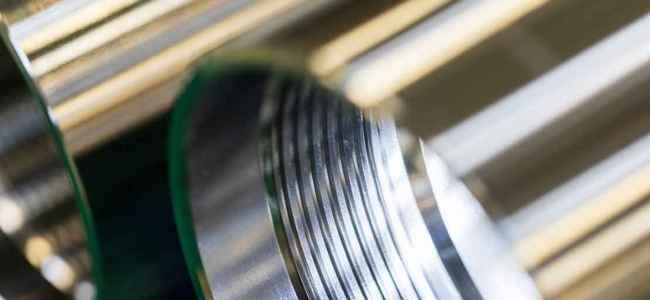Completion equipment is helpful for finishing off the gas or an oil wellbore. It helps in getting the wellbore ready to move forward with the process of production. After running through the completion state, you can test the well’s production and then move it forward to commercial production. Several completion products are used in the process of well-completion.
Types of Completions
The completion process has been divided into three categories:
Open Hole Completion
This type of completion plays a vital role in the petroleum industry. It involves drilling the wells using cable tools. The casing is used to run when the hole is drilled. Gas and oil can be extracted easily from this method. Horizontal well completions require the method of open-hole in different areas and states.
Liner Completion
This type of completion is similar to open-hole completion because it also involves casing for drilling purposes. The major benefit offered by liner completion is that you can change the drilling fluid system. The intermediate casing and the liner act as the production string in the liner completion.
Perforated Casing Completion
It is one of the most important types of completions which is considered important by many companies today. You need to cement a liner or a production casing through the reservoir zone. It plays a vital role in providing a source of communication between wellbore and the formation.
Types of Completion Equipment
Different types of completion equipment are needed to use for different tasks to be performed for the process of well completion. It means that the use of the equipment depends upon the requirements. Following are some types of completion equipment used for well completion:
Packers
Packers are available in different types, sizes, and designs. Their purpose is to isolate the production zones from the pressure of the well. Common types of packers are mechanical set, inflatable, hydraulic set, and wireline set.
Tubing
It is considered a small-sized pipe with a small diameter that is needed to be installed inside the casing. Its purpose is to carry the reservoir fluids to the actual surface. You can also replace the tubing when needed.
Circulation Devices
These devices are needed for communicating between the annulus and tubing. You can also call them sliding side doors. The purpose of this equipment is to allow communication between the tubing and the formation.
Nipples
This equipment is needed to be installed at different intervals in the completion string. The purpose is to permit the lock mandrels’ installation along with flow-control devices during the process of slackline interventions.
Side Pocket Mandrels
This equipment is usually positioned in a well completion process for providing an injection point for providing a circulation facility or lift gas for the purpose of well kill. It is mainly used for allowing the process of communication between the annulus and the tubing. You can learn more about completion equipment and its types by visiting completionproducts.com.
Flow Couplings
Flow couplings are available for you in short lengths as compared to blast joints. You can install these couplings below and above the areas of reduced internal diameter. No doubt, flow couplings play a vital role in providing you high-rate gas wells.
Blast Joints
Blast joints are available in hard material along with a heavy weight. They are usually placed across the upper zone’s perforations so that the tubing could be protected from abrasive water.
Surface Controlled Subsurface Safety Valves
This equipment is usually installed on land wells as well as offshore wells. The purpose of this type of equipment is to secure the well in case of an emergency.
Conclusion
Completion equipment, tools, products, techniques, and methods are helpful to complete the process of gas and oil well production. This guide has provided you detailed information about the types of completions and completion products.


